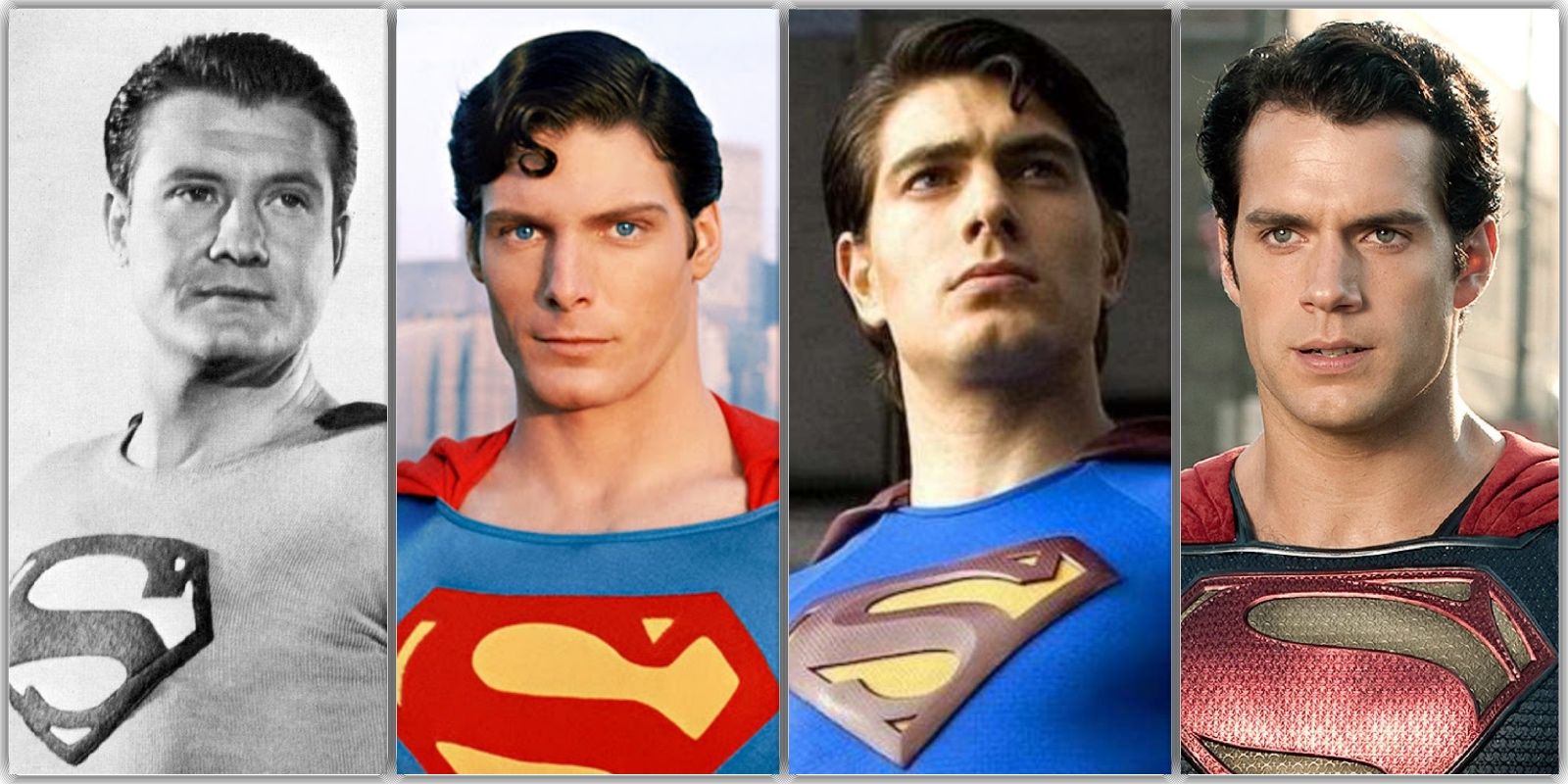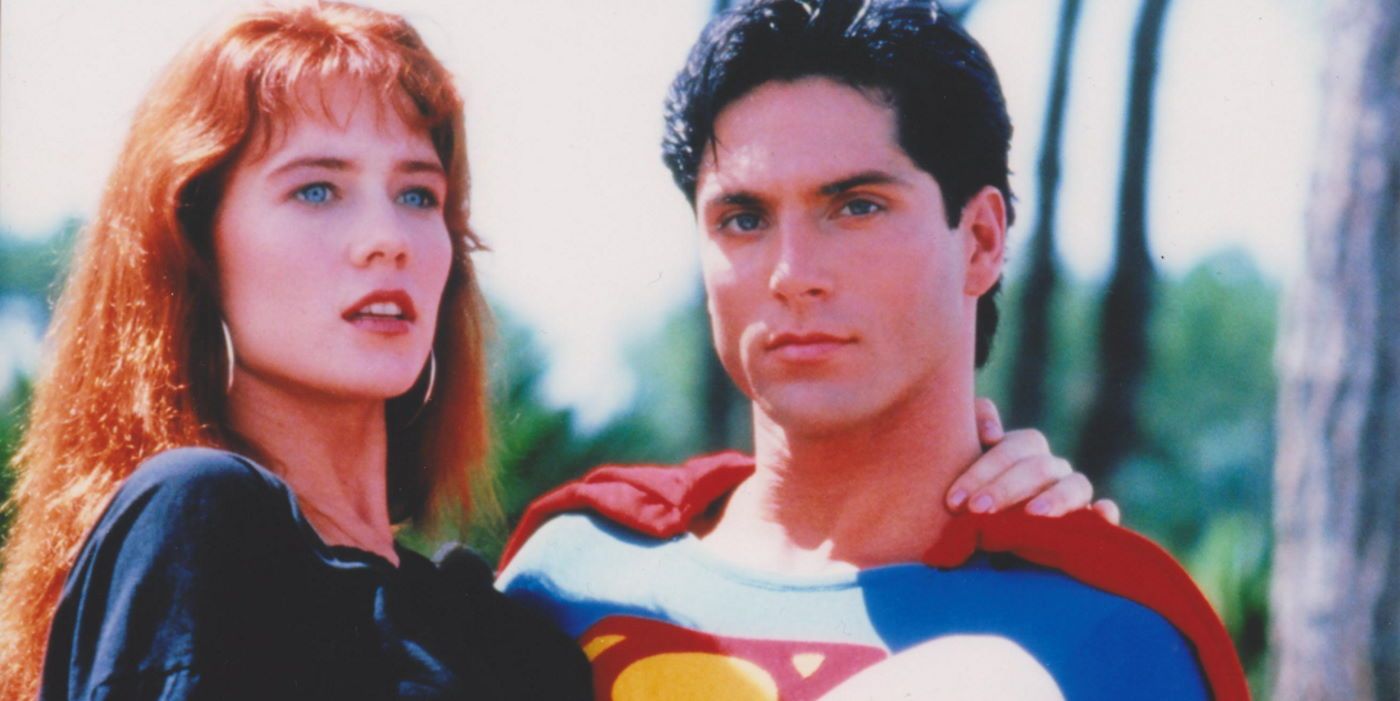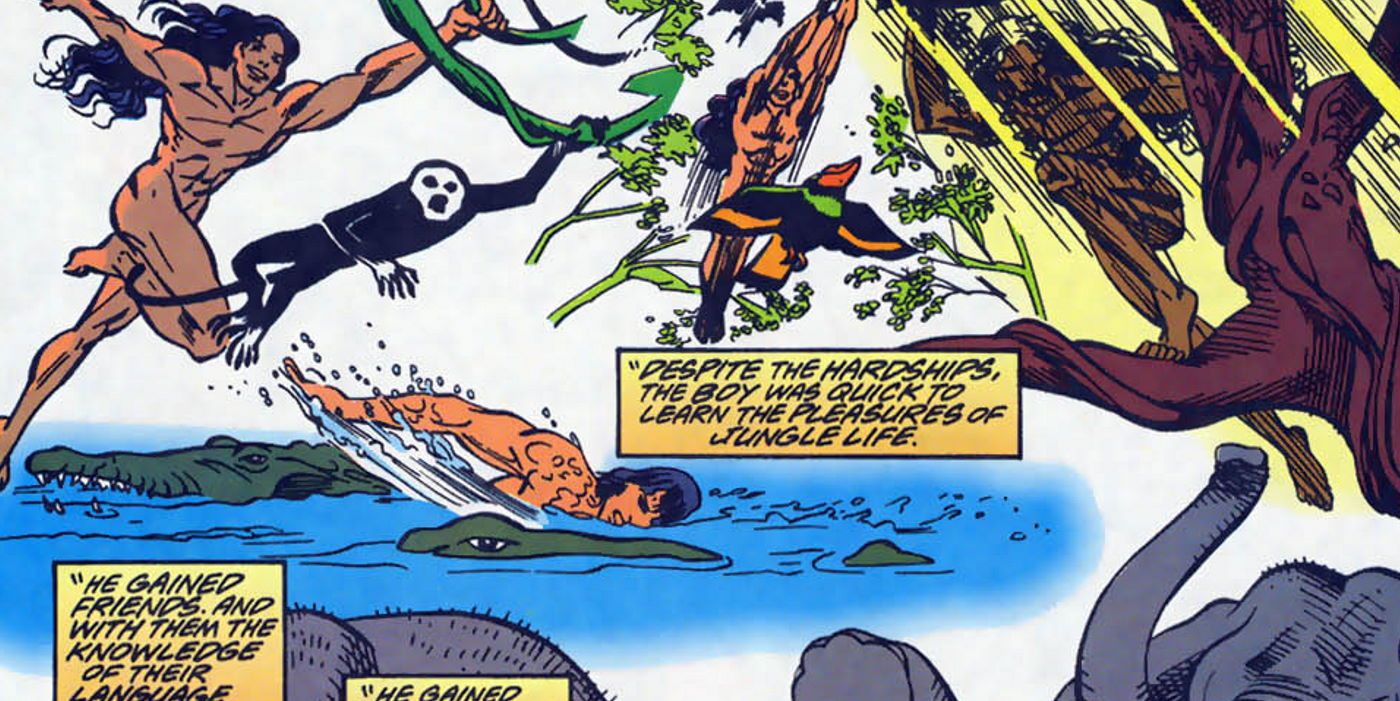Fans loved seeing CW’s Superman Tyler Hoechlin meet and team-up with Brandon Routh’s Superman in CW’s Crisis on Infinite Earths TV event, while other characters bumped into Tom Welling’s Clark Kent for a brief Smallville cameo. Such touches showed the reverence the show creators had for past Superman actors, as well as their willingness to offer great fanservice via DC’s vast multiverse.
Although this event was highly publicized, it was not – in fact – the first time multiple Supermen had a live action team-up. Back in the 1990s, a now-forgotten Superboy TV series laid the groundwork for future multiverse storylines – allowing Superboy to meet different Elseworlds Supermen, Superboys, and even a Super-Toddler!
The show, which starred Gerard Christopher as Superboy/Clark Kent, also featured scripts by many notable comic book and TV writers including Denny O’Neil and Stan Berkowitz. This allowed the show to offer comic book-style episodes years before TV shows like Supergirl and The Flash made them popular for a wider audience. Naturally, one of these comic book-style plots involved exploring the multiverse, which Superboy did in the two-part storyline Roads Not Taken, which had him meet an alternate Superboy who killed Lex Luthor and another alternate Kal-El who became a ruthless dictator.
The story proved so popular that the show included a two-part sequel at the end of the third season. Entitled, The Road To Hell, it explored other worlds where Superboy grew into very different people. The story begins on an alternate Earth where Kal-El’s rocket ship didn’t land near the Kent farm – or any sort of human civilization – instead, he landed in the jungle where he grew into a feral child, using his superpowers to survive in the wilderness. Notably, this sort of storyline would be explored in a DC Elseworlds comic book that saw Kal-El raised by wolves, much like Mowgli in The Jungle Book.
Unfortunately, this Kal-El would receive a very different sort of parent when this world’s Lex Luthor and his girlfriend find the super-toddler and adopt him, hoping to exploit his powers. And they succeed – getting him to use his strength to rob banks. Fortunately, the show’s “mainstream” Superboy is sent into this dimension by a friendly scientist from another alternate world to stop Luthor. Unfortunately, Superboy is caught flatfooted when he gets stabbed with a knife capable of piercing his invulnerable skin, and is transported into the universe of the scientist who sent him to stop the child in the first place.
Here, things get even more interesting when Superboy another alternate version of himself – Superman! Played by Ron Ely, an actor famous for playing Tarzan back in the 1960s, this now-retired Superman explains that the ship that transported Kal-El to Earth went through a time warp during its journey, making it possible for Kal-El to arrive at different points in Earth’s history (explaining the vast differences in their ages). The Superman of this world became active shortly after the Great Depression (not unlike the classic Golden Age Superman) and eventually retired to let the rest of the world get along without him.
Superman’s world has become something of a utopian paradise where mankind has advanced and evolved enough to go off to new worlds themselves and help others. The Lex Luthor of this world never became a villain and instead chose to become a doctor who saves Superboy’s life. It’s an idealized world – one the comics would likely never allow Superman to live in (save in alternate universes), but it represents exactly the kind of brave new world Jor-El wanted his son to lead humanity into.
Ultimately, Superboy convinces his older counterpart to come out of retirement – not to go back into super heroics but to save Super-Toddler from Luthor’s influence. Superman agrees and ends up becoming an adoptive father to his alternate child self! It’s a remarkable ending that puts Superboy face-to-face with not just alternate versions of himself but homages to different Men (and Boys) of Steel from the comics.
Written by Stan Berkowitz, Michael Maurer, and Matt Uitz, “The Road To Hell” was another early look into how the comic book multiverse could look on the small screen. Although more recent shows like The Flash and Legends of Tomorrow now have the budget and technology to treat this trope with considerable more flashiness, the ability for multiple actors to portray alternate versions of Superman that still felt akin to the original is a testament to how Superboy was able to communicate the appeal of parallel worlds to an audience still not familiar with such subjects.



